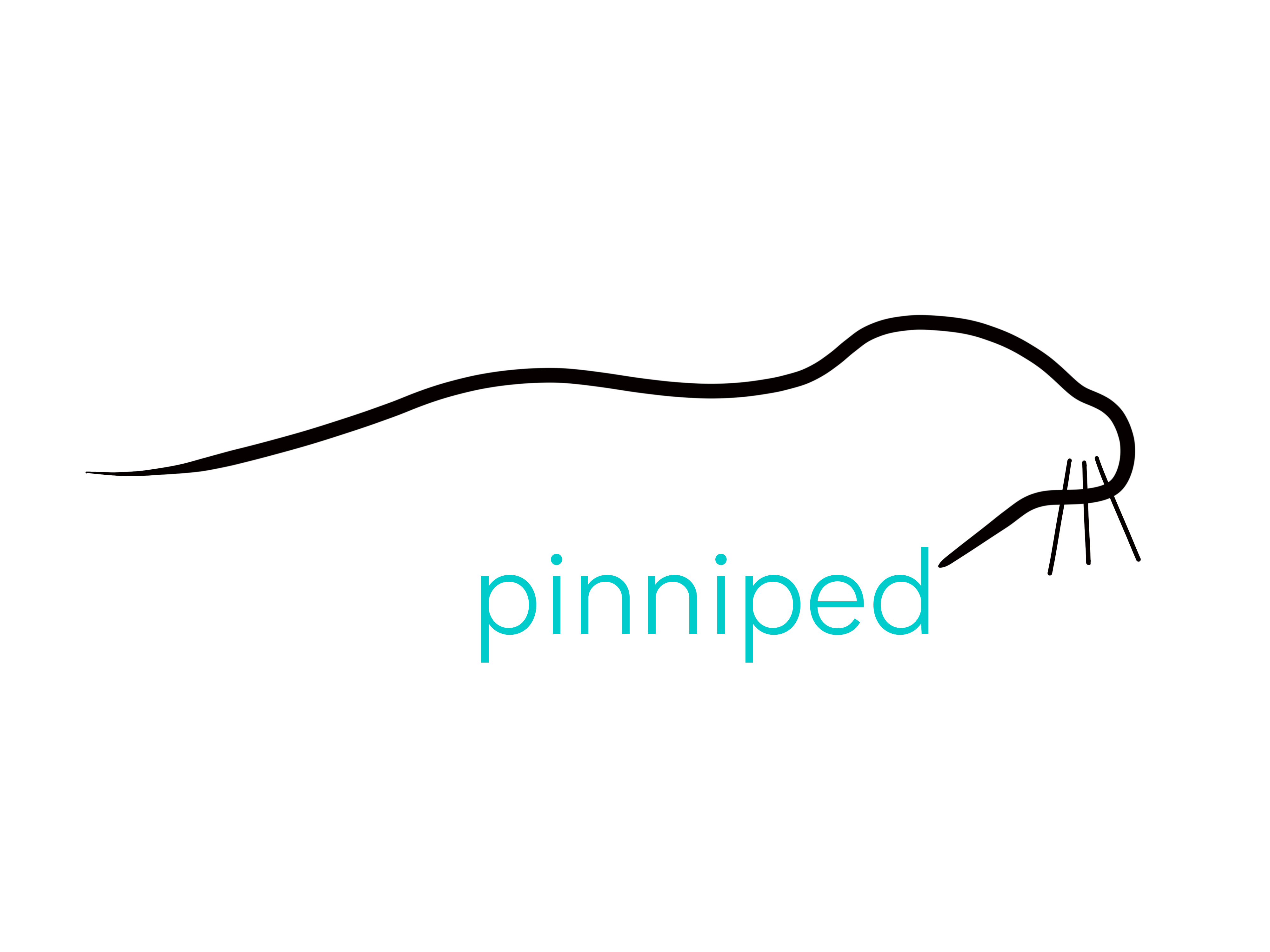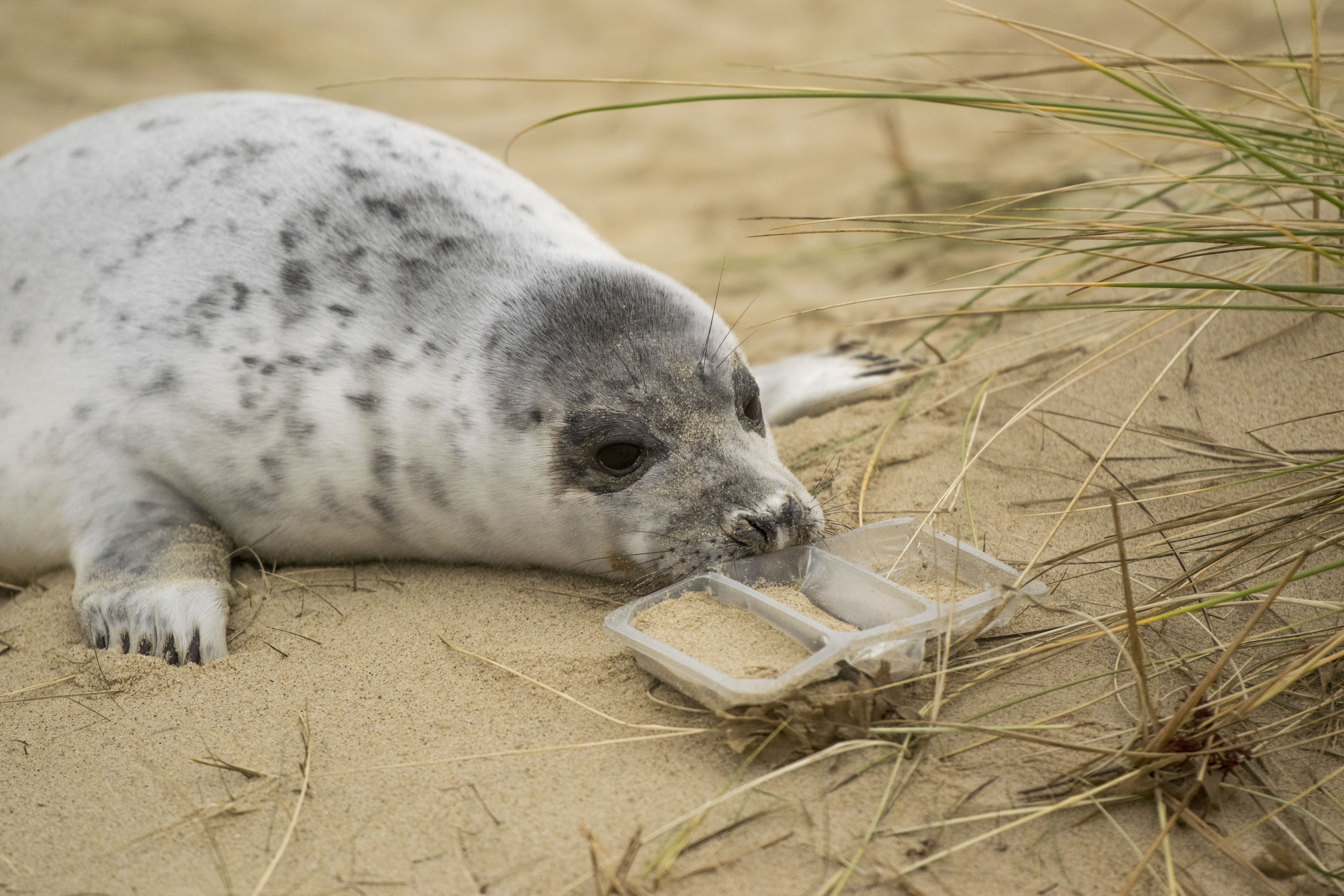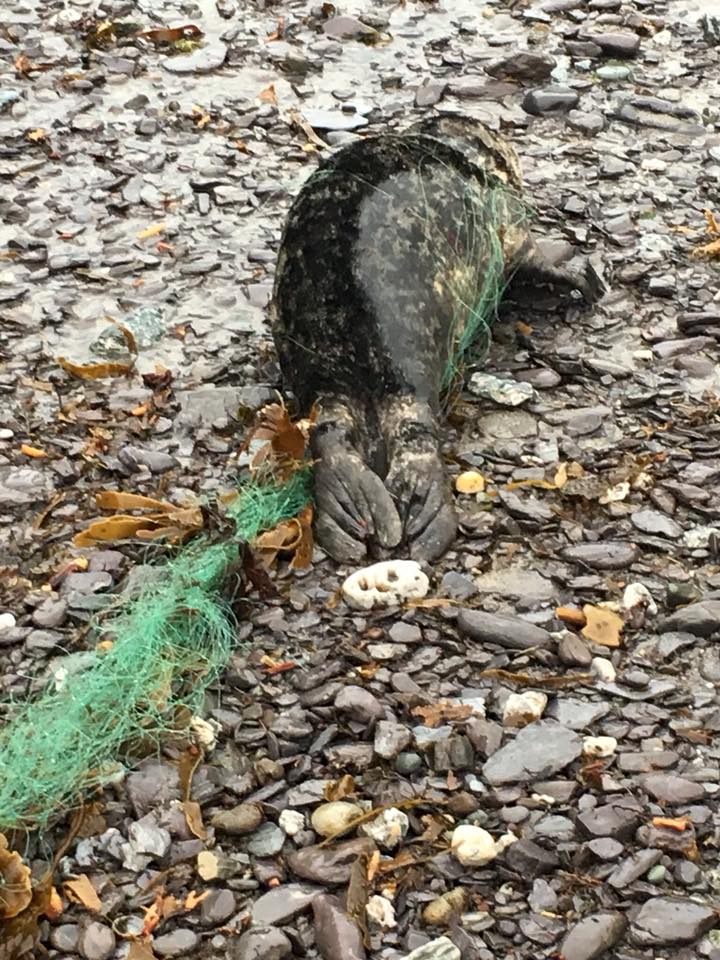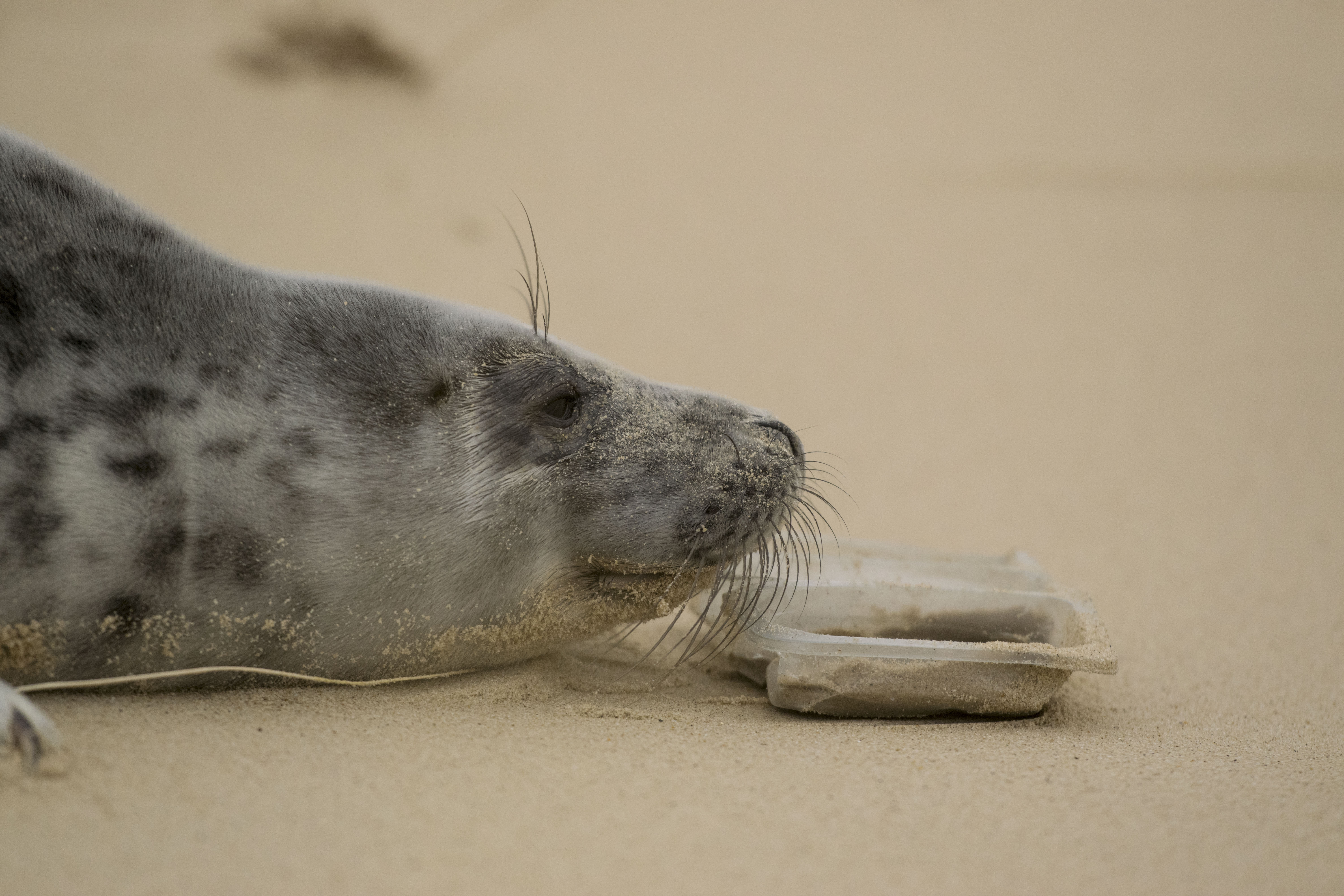MARINE PLASTICS
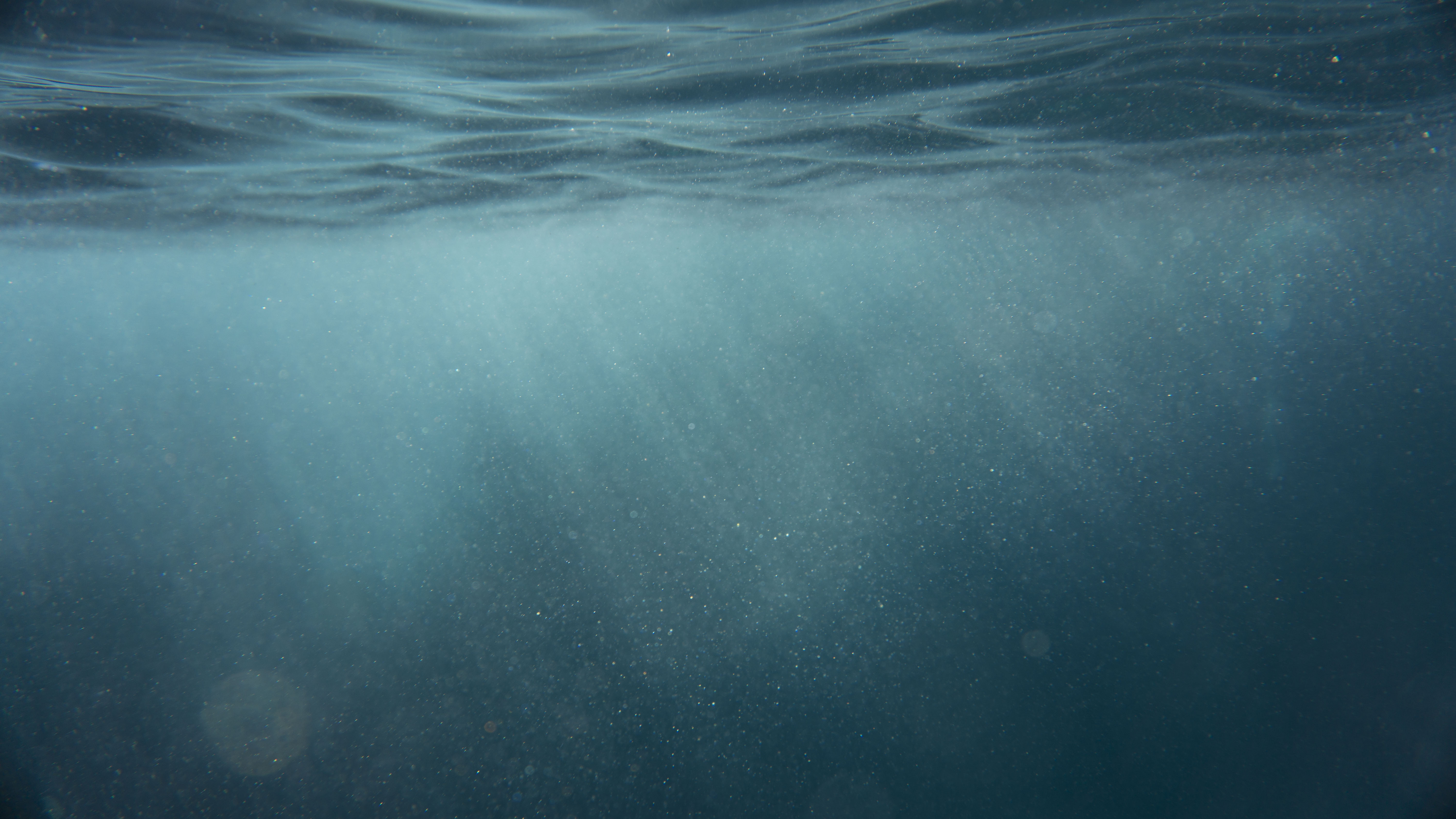
It can’t have escaped your notice that the whole world has suddenly become acutely aware of the fact that plastic is destroying our planet. But it’s not a new thing, this has slowly been creeping up on us after years of “convenience” shopping, throwaway options, and cheap-to-manufacture products. Plastic is a man-made, synthetic material that was invented in 1907. And since then, a mere 111 years later, it is everywhere: littering our towns and cities, clogging up our oceans and waterways, and leaching into our plants and wildlife. The scary truth is that EVERY bit of plastic that has been made, still exists. In fact, it is predicted that by the year 2050, there will be more plastic in the sea than fish (World Economic Forum, 2016). But other than being unsightly, why is it a problem for the ocean?
Well firstly, marine wildlife is being entangled by pieces of plastic debris that are floating in the ocean. As is well documented in pictures, familiar domestic rubbish such as 6 pack rings for cans can become wrapped around the neck or body of an animal, tightening as they grow. This can obviously strangle the animal and lead to death or disfigurement. Similarly, rope and plastic bags are often caught around the bodies of pinnipeds and seabirds so tightly that they require expert removal. Out of all incidences of entanglement recorded in a report by the Secretariat of the Convention on Biological Diversity (2012), 80% of entanglements caused serious harm or death.
The second danger from plastics is ingestion. Photos from distant island breeding bird colonies have been circulated widely, showing adult birds feeding brightly coloured plastic fragments to their chicks after mistaking them for food. In 1987, 90% of Laysan Albatross chicks were found with plastic in their digestive tracts (Fry et al., 1987). In another study, 8 out of 11 surveyed species were found to have plastic in their stomachs (Blight and Burger, 1997). Not only do these pieces often fail to pass through naturally, but they also make the animal feel full, without providing any nutrition (Bourne and Imber, 1982, as read in Derraik, 2002). Eventually the individual dies of starvation. Likewise, deceased marine mammals, in particular cetaceans, have been dissected to find stomachs absolutely bulging with plastic products (Whitehead, 2012; de Stephanis et al., 2013; Lusher et al., 2015). This can either occur as a result of either direct ingestion, or secondary ingestion, from feeding on prey that have previously ingested plastic. It is thought some species selectively feed on plastics (Derraik, 2002), while it is unknown for others (i.e. filter feeding whales) whether it is swallowed accidentally with mouthfuls of fish or krill.
The final big issue with plastic pollution is the issue of microplastics. Any piece of plastic in the natural environment gradually gets worn down over time by heat and sunlight, wave action, abrasion and erosion, and chemical action (Andrady, 2011). After degrading and becoming smaller, eventually these pieces become microscopic “microplastics” and can even become invisible to the eye. However they have not disappeared. Microplastic particles in the marine environment are shown to be taken up readily by low trophic level organisms such as bivalves, molluscs, and fish (Setälä et al., 2014; Lusher et al., 2013; Cauwenberghe and Janssen, 2014), as well as accumulating in sediments (Claessens et al., 2011). It has long been thought that these microplastics could pass up the food chain, transferred from prey to predator, and it has recently been shown that this trophic transfer could be a major way larger predators become contaminated with microplastics (Nelms et al., 2018). The problem with microplastic contamination is that it may block internal systems, as well as leaching additives that cause toxicity and disfunction of bodily functions, including hormones, into the host (Cole et al., 2011). In addition, these microplastics increase the surface area within an organism that may bind with and accumulate other biotoxins (Rios et al., 2007). With this in mind, there is also a danger that fish-eating humans could be at risk from high levels of microplastic contamination, and furthermore, 83% of human tap water sampled during a global study, were found to contain microplastic fibres (Tyree and Morrison, 2018).
The ramifications of these occurrences in the longer term have the potential to be severe and far-reaching, and it is likely we are only just touching the surface with our understanding of the issue. In fact it is probable that the problem is actually far more serious than we have even realised now.
Therefore, it is absolutely imperative that we learn as much as possible and quickly, to equip ourselves with the tools to try to DO SOMETHING ABOUT IT.
We already know that ocean plastics come from a range of sources, including being discarded at sea by ships, fishing operations and industry. But the majority originates on land. Rubbish dumped in landfill sites often finds its way to water, and anywhere that humans discard their waste can flow down rivers, get carried by the wind, and end up in the ocean. Industries have been dumping waste in rivers and coasts for many years, and some products escape by accident during the process. As well as this, any objects thrown down the toilet or washed down the sink are also eventually going to find themselves at sea, including tiny microbeads from cosmetic products. Worldwide campaigns have been kicking off all over to encourage people to stop using throwaway plastic, bring reusable mugs and containers into their daily lives, recycle their rubbish, swap domestic products for more ecological versions, and get involved with litter picks and beach cleans. On a more global scale, (some) nations, governments, local councils and businesses have banned microbeads, plastic bags, plastic straws and other single-use plastic products to try to force change. But is it enough? With the amount of plastic that is already in the ocean it’s going to take a united effort to reverse the tide and repair the damage. But we believe it is possible.
We will be promoting changes we can all make in our daily lives and beyond to make a difference, and promoting products that genuinely make the world more environmental. You can help by reducing the plastic you buy and use TODAY!
References – See here.
Photos: Grey Seal with plastic (1, 3) – Debs Allbrook, Entangled seal – Kieran Collins (2)
